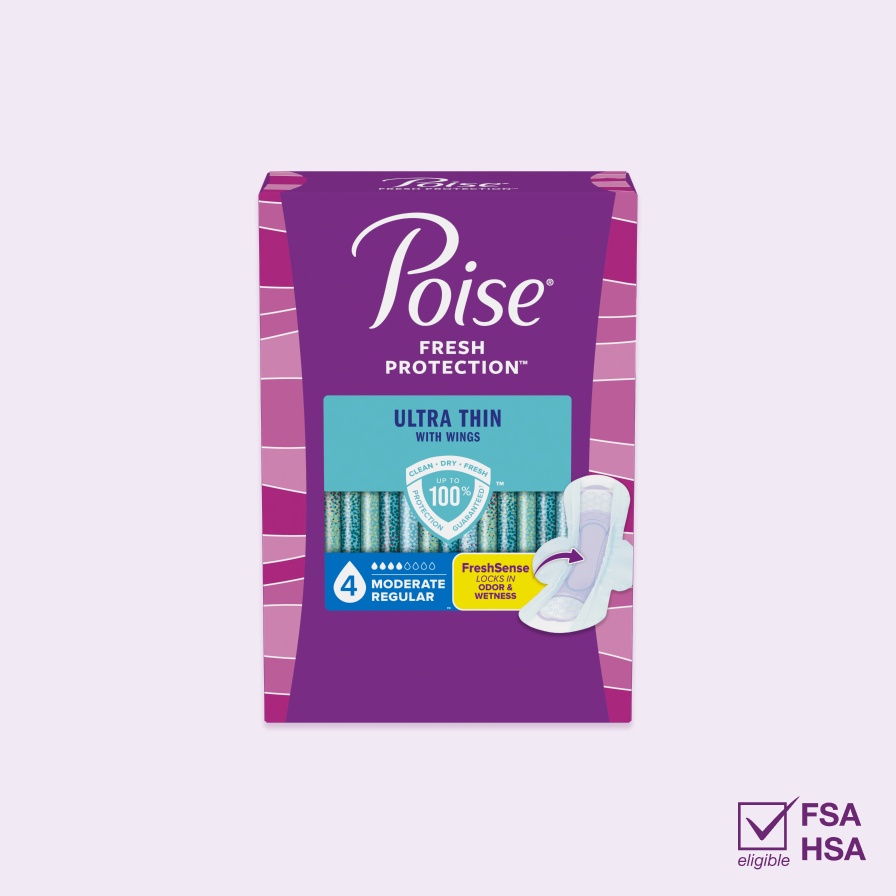Does Menopause Affect How Your Body Handles Sugar?
Does Menopause Affect How Your Body Handles Sugar?
Yes, it does. Estrogen decline tends to increase production of the glucose-control hormone insulin, which impacts overall metabolism. When insulin levels go up, sugar is moved out of the blood and to the muscles and liver. This goes well if your body needs these calories, but most of the time, that's unfortunately not the case. A donut for breakfast, a machiatto mid-morning, and other sugary foods at lunch can force insulin to work overtime. This never-ending insulin flow will invite more of the stress hormone cortisol. And when cortisol is chronically high, more body fat is created, and when your body doesn't need the energy at that moment, your body goes into fat deposit mode.
The problem gets worse as the day goes on because the morning bagel sugar-rush only makes you feel energized for a few hours and ultimately leads to a sugar crash. What will you do then? Look for more sugar!
Managing insulin is critical for keeping sugar in control. This will help keep your waist slim and your body healthier, since glucose and insulin inefficiency are linked to many chronic diseases, such as diabetes and heart disease.
How do you avoid the three pounds that you gained overnight?
To begin with exercise. A combo of weight training and cardio has been shown to better manage both insulin response and muscle glucose uptake than either activity by itself. Do twenty to thirty minutes of moderate intensity cardio most days and two to three days weight lifting with routines that work big muscles, like squats, leg presses, rows, and push-ups.
Then, monitor what types of carbohydrate you eat. A 100% whole grain bagel will not produce the same glucose and insulin response as a plain bagel. Stay off the sugar roller coaster--and thus, stop pounds from piling up--by following these strategies when you eat carbs:
Starches come in two forms - amylose, which is more resistant to digestion, and amylopectin, which has a faster digestion rate. Usually, a starchy food has between 10% to 20% of amylose and 80% to 90% of amylopectin. However, some starchy carbs have a better ratio. To slow down the glucose response, eat more barley, quinoa, long grain basmati rice, oats, and bulgur. Also, green is better don't wait for fruits and vegetables to ripen, particularly bananas, plantains and mangoes. The greener they are, the more resistant starch they have, thus the lower the sugar content and blood glucose impact.
Fiber and whole grain are not the same. Fiber-rich foods provide a better glucose response than non-fiber foods. However, a food that's labeled whole grain may not be high in fiber. While a 100g of bulgur provides 18.3 g of fiber, the same amount of wild rice has just 6.2 g of fiber. Read the fiber content before you place it in your shopping cart, and don't get fooled by healthy claims on packaging. For instance, do not trust anything that does not say 100% whole grain.
Cool off. Your body's response to a starch can be different if it's eaten raw versus cooked. Raw oats like muesli have a higher amylase content, and thus, a low Glycemic Index (GI). (The term GI was created more than 30 years ago to evaluate how the carbohydrate content in food impacts blood glucose. The higher the GI, the quicker the food breaks down into sugars in the body and the more likely that sugar will turn into fat.) Likewise, a starch that has been cooked and allowed to cool (think of a potato salad or pasta al dente) has a lower GI than fresh food, explains Julie Miller Jones, PhD, LN, CNS, in the article Glycemic Index published in Nutrition Today.
Feast on Mexican food. Lentils, kidney beans, black beans, and other legumes do not allow penetration of digestive enzymes, and therefore, break down more slowly, as Miller points out.
Freeze and toast. Instant oatmeal sounds like a quick and healthy breakfast, but Miller says instant starches raise the GI response. Any puffing or popping of grains enables the grains to open and let the amylase to access the starch, increasing the GI response. So it's best to avoid this. But if you want to enjoy bread this strategy won't sabotage your diet effort. Toasting, freezing or defrosting, or toasting following freezing and defrosting, all lower the GI number.
Add some fat: Nuts, olive oil, avocado, and even some cheeses, when added to a moderate-high GI food like rice or potato, reduce the GI, says Miller.
Time matters: A number of factors affect the GI response. For instance, adding some legumes or barley to an evening meal decrease the glycemic response at breakfast, according to Miller.
Recommended Products
Absorbency Level
Absorbency Level













